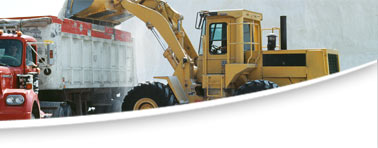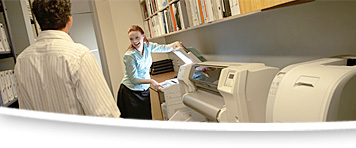

FAQs
What's the difference between a lease and standard financing?
Not much. Both allow you to pay for or use equipment by making a monthly payment. The main difference is ownership. With leasing you are making a monthly payment to use the equipment. You'll typically find more favorable and flexible structures with leasing as opposed to standard financing.
What type of upfront investment is required with leasing?
Most leasing companies require the equivalent of two payments in advance. This is normally much less than other forms of financing, in that down payments are not usually required and delivery and installation can be included in the lease.
What happens at the end of the lease?
Depending upon the structure of the lease you will normally be able to purchase the equipment or return it to the lessor. Make sure you clearly understand your options at the end of the lease term before entering into a lease. Financial Pacific personnel will do what they can to make sure you understand all of the alternatives available to you at the end of your lease.
Are there tax advantages to leasing?
In many cases there may be depending upon the structure of the lease. Financial Pacific helps you structure the lease that best fits your cash flow needs. We encourage you to work with your accountant or tax advisor to insure proper handling of taxes.
What terms are available to me when leasing?
Depending upon the equipment being leased terms can range from 24 to 60 months. Financial Pacific can also structure the lease to best fit your cash flow requirements by designing a payment plan that can include skip payments or seasonal adjustments.





